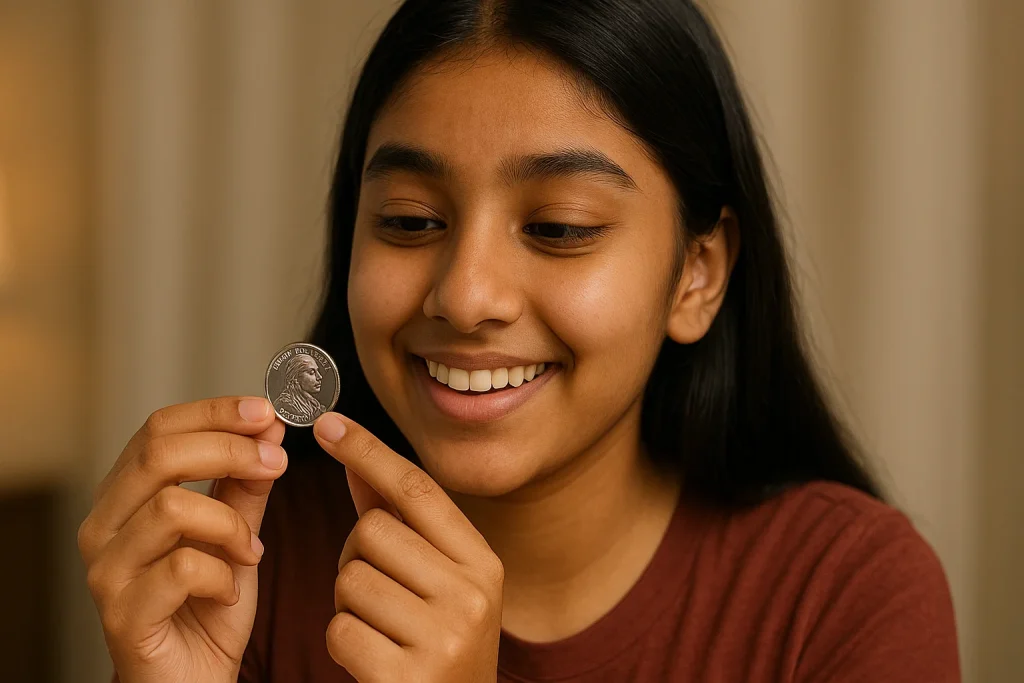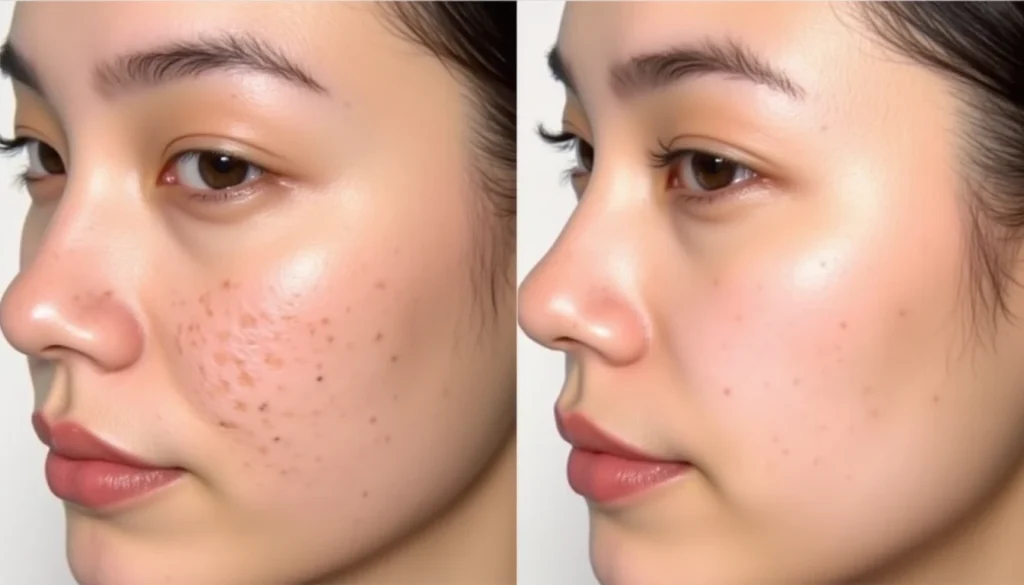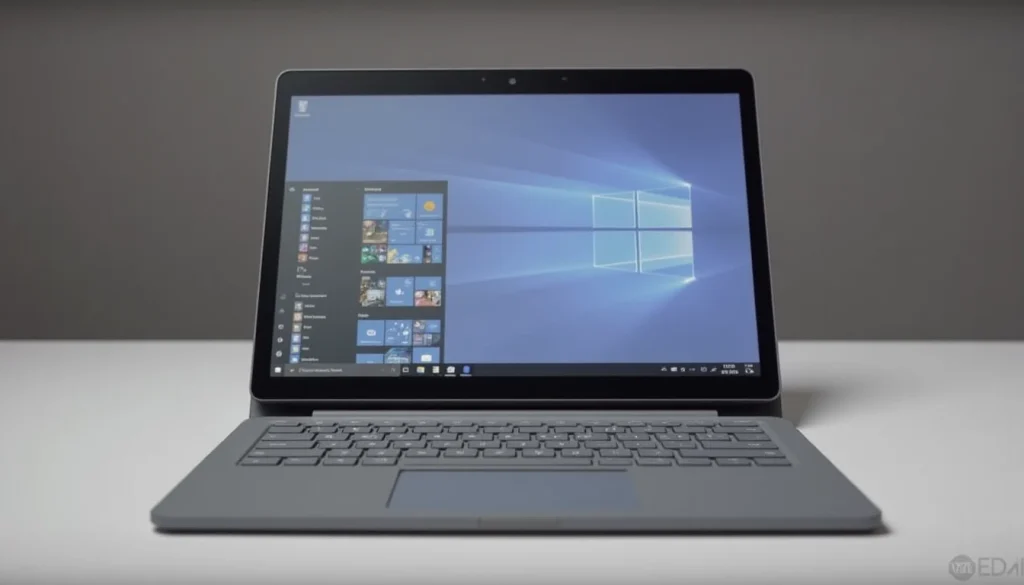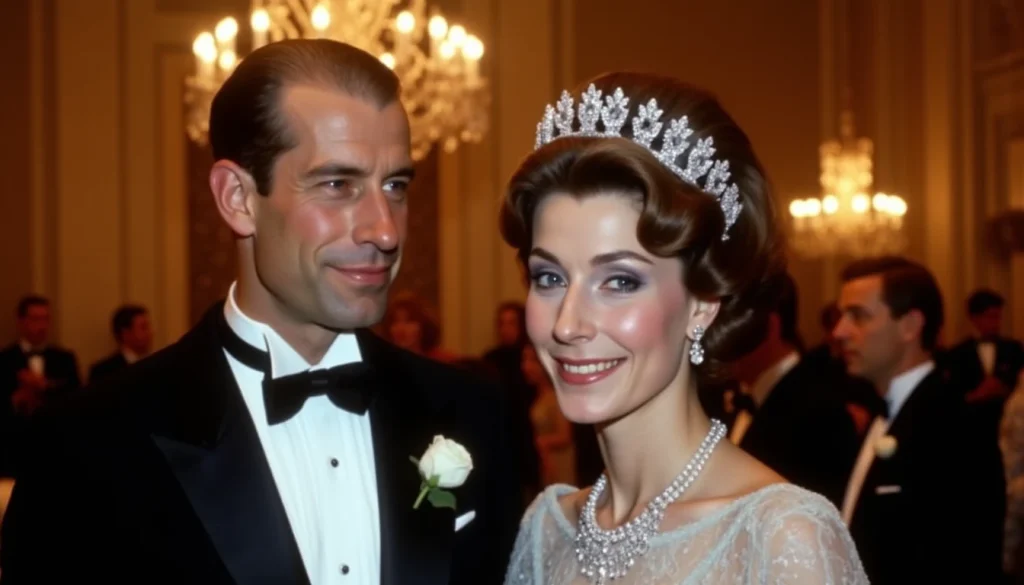There’s something quietly thrilling about pulling an unfamiliar coin from your pocket — especially one that features a name you recognize but didn’t expect to see on a quarter. That’s exactly how many people feel when they spot the Wilma Mankiller Quarter for the first time.
Many people start wondering about Wilma Mankiller quarter worth after spotting one in their spare change — but is it just a modern commemorative, or a potential collector’s item? The answer (honestly, like many things in numismatics) depends on a few important details.
Released in 2022 as part of the U.S. Mint’s American Women Quarters Program, this coin honors Wilma Mankiller — the first female Principal Chief of the Cherokee Nation and a pioneering advocate for Indigenous and women’s rights. Her appearance on U.S. currency marks a cultural milestone, and it is already catching the attention of savvy collectors.
While some might dismiss modern quarters as nothing more than everyday money, others understand that certain versions of these coins could be the start of a smart collection or a valuable future asset. We offer you to explore the coin in more detail below.
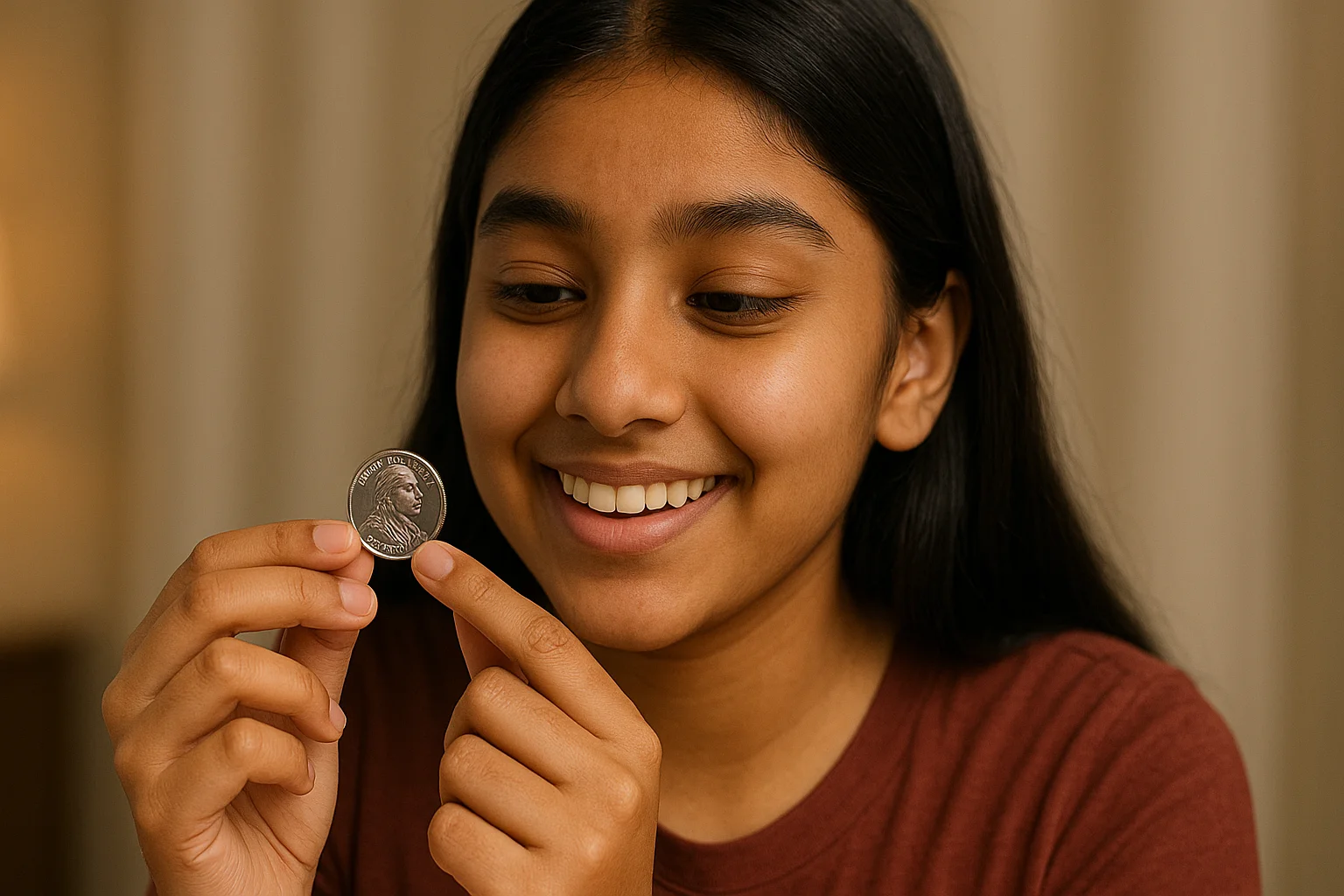
1. Know Your Coin: Versions and Mint Marks Matter
Before you assume your Wilma Mankiller Quarter is just another 25 cents, take a moment to flip it over and check for key details. One of the most important things to understand is that there are multiple versions of this coin — and not all of them were meant for general circulation.
There are four main variants you might come across:
- Philadelphia Mint (P): Standard circulation coin; common in Eastern states.
- Denver Mint (D): Also for circulation; often found west of the Mississippi.
- San Francisco Mint (S) – Proof: Collector-only version with mirror-like finish.
- San Francisco Mint (S) – Silver Proof: High-end edition made of 99.9% silver, sold only in silver proof sets.
The average person is most likely to encounter P or D mint marks, especially in everyday change. But if you come across an S-marked coin, especially with a glossy or mirror-like surface, you might be holding a collectible worth more than face value.
Tip: Hold the coin under good light and look at the mint mark on the obverse. If you spot an “S”, it may be part of a collector set — and possibly even a silver proof!
Here’s a quick breakdown of the types you might find and what they’re currently worth on the secondary market:
Wilma Mankiller Quarter Variants and Estimated Value
| Version | Mint Mark | Composition | Average Market Value | Notes |
| Circulation (P) | P | Copper-Nickel | $0.25–$1 | Face value unless pristine |
| Circulation (D) | D | Copper-Nickel | $0.25–$1 | Common in Western states |
| Proof (S) | S | Copper-Nickel | $1–$5 | Sold in collector proof sets |
| Silver Proof (S) | S | 99.9% Silver | $8–$15 | Only in U.S. Mint silver proof sets |
Understanding these distinctions is the first step in recognizing whether your quarter is just spare change — or a piece worth setting aside.
Errors and Varieties: What Really Increases Value
Not all Wilma Mankiller quarters are created equal — even among coins from the same mint. Some come with tiny imperfections that collectors love to chase. These aren’t factory defects in the traditional sense — they are minting errors, and they can turn a common coin into a small jewel.
The U.S. Mint produces billions of coins each year, and while quality control is strong, it’s not perfect. That is how quirks like retained cuds, die chips, or doubling sneak into circulation. In the world of coin collecting, these kinds of errors are gold — and they’re not just theory. Some error Wilma Mankiller quarters have already been reported on eBay and in numismatic communities like NGC’s error coin registry.
Watch for These Wilma Mankiller Quarter Errors:
- Die chip near Wilma’s mouth or eye — looks like a small raised blob of metal
- Doubling on inscriptions, especially “IN GOD WE TRUST” or “LIBERTY”
- Off-center strikes, where the design is not properly aligned
- Cud on rim, caused by a broken die leaving a raised, blob-like area along the edge
Did you know that even small die chips can add value if the coin is in great condition — especially if the error occurs in a prominent area like the face or lettering.
Lifehack: If you find something odd — a misprint, bump, or strange alignment — don’t dismiss it. Set those coins aside in protective holders. Even minor errors can grow in value over time as more collectors start hunting for unique variations.
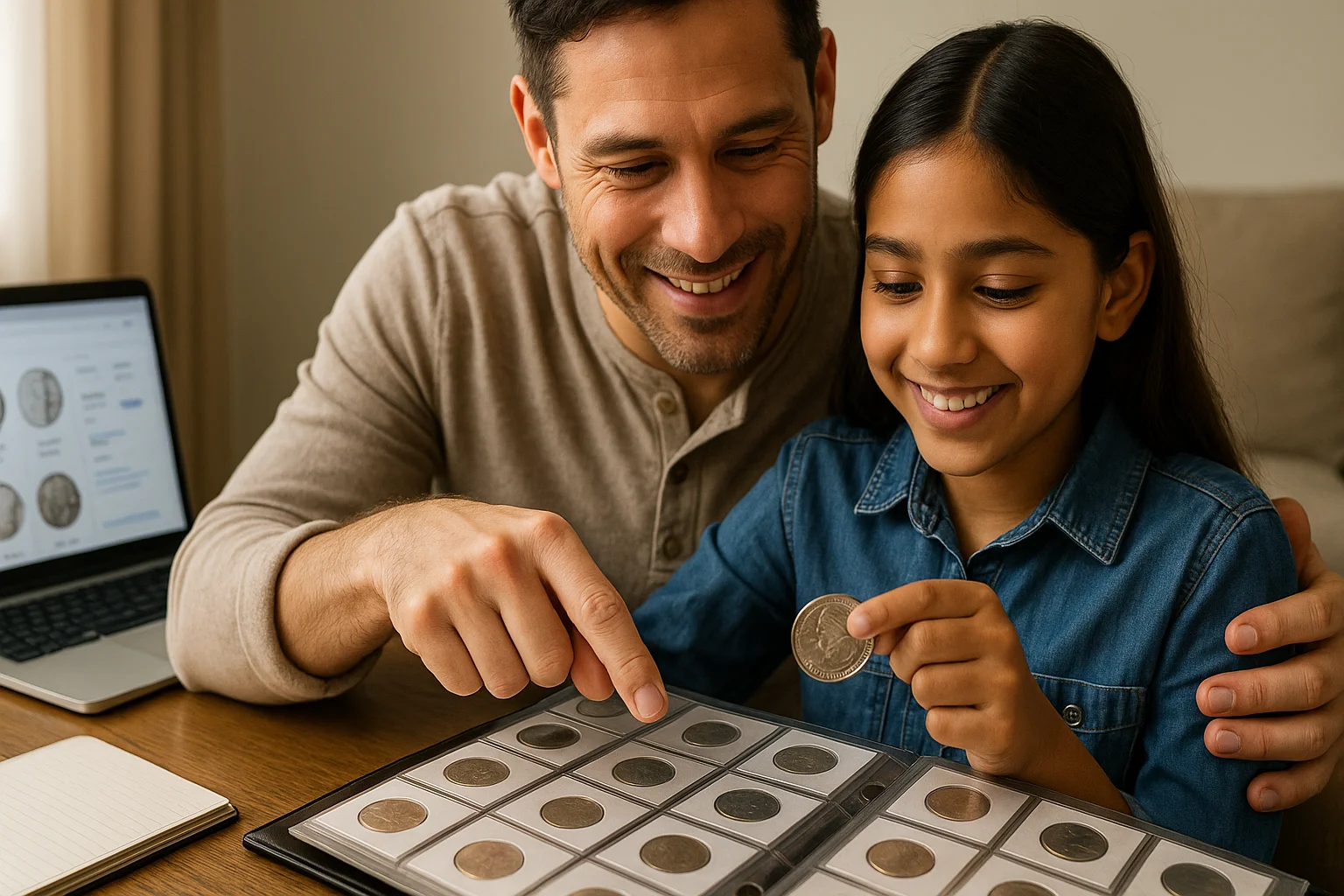
How Condition Affects Wilma Mankiller Quarter Worth
A coin’s condition isn’t just about looks — it is often the biggest factor in its value. For example, a Wilma Mankiller quarter with a known error in Mint State 67 (MS67) could sell for $30–$50, while the same error in worn condition might go for under a dollar.
So, how do you know what condition your coin is in? Professionals use a grading scale — from AU (Almost Uncirculated) to MS (Mint State) and Proof — but even a beginner can learn to eyeball it with some basic pointers.
Quick Tips to Judge Your Coin’s Condition:
- Sharp edges and clear detail — worn coins have rounded rims and smoothed-out relief
- No scratches or dark spots — blemishes lower both aesthetic and market value
- Natural shine or “luster” — coins with mint luster catch light differently
Fun Fact: Coins graded MS65 and above, especially with visible errors, are already selling above face value in online auctions — and as demand grows, prices may rise even more. But here you need to remember one more rule: avoid cleaning your coin. Even gentle polishing can damage the surface and ruin its grading potential.
Coin ID Scanner: Your Pocket-Sized Numismatic Tool for Estimating Grade and Value
We know that all the nuances when grading and valuing can be hard to understand and remember, especially for newcomers. But here the right tools step in. Feeling unsure about whether your Wilma Mankiller quarter is just “normal” or can be potentially valuable? That is where Coin ID Scanner can help. This mobile app is becoming a go-to tool for both casual collectors and beginners.
How It Works:
- Snap a clear photo of your coin using your phone
- The app compares it to a verified coin database
- You’ll get quick info on the coins historical background, features, composition and even estimated value.
It’s not magic — but it’s the next best thing if you are just starting out and want guidance without diving deep into manuals or price books.
Why It’s Worth Trying:
- Free to use with optional upgrades
- Easy-to-understand interface
- Saves time and helps you avoid undervaluing a find
Final Tip for collectors: Keep your “maybe valuable” coins together, label them with what you noticed (like “die chip near eye”), and revisit them once you learn more or use apps like Coin ID Scanner to reassess.
What Collectors Think
So, is the Wilma Mankiller quarter just a piece of recent pocket change, or does it have long-term value?
Many collectors see it as more than a commemorative coin: it is a part of the historic American Women Quarters program, and Wilma Mankiller (the first female Principal Chief of the Cherokee Nation) represents a powerful legacy. That is a story people want to hold onto.
While standard circulated versions may never go beyond a few dollars in value, collectors often pursue:
- High-grade specimens (MS66 and above)
- Proof and silver versions for long-term sets
- Error coins, which are emerging as sleeper hits
- Coins from full 2022 sets as part of themed collections
Interesting fact: Some collectors are building entire “Women Quarters” albums and actively hunting for pristine versions of each coin. The Wilma Mankiller quarter, with its iconic design and cultural resonance, is often a worthy specimen.
Tips for Beginners: What to Do with Your Find
If you’ve found one — or several — Wilma Mankiller quarters and are unsure what to do, below you will see some practical steps to help you start collecting smartly:
Beginner Collector’s Action Plan:
- Inspect the coin for unusual features (mintmark, errors, condition).
- Compare it to known variants using verified resources or apps.
- Avoid cleaning the coin, no matter how tempting — it will reduce its value.
- Store it properly, ideally in a 2×2 holder or coin flip.
- Track your finds — keeping notes (or better use Coin ID Scanner to preserve all the data digitally and more comfortably) to learn faster and see patterns in what you are collecting.
Tip: Even if it’s not worth much now, storing your coin safely means it might appreciate in value over time — especially error coins or proof versions. So, remember some signs of value to watch for: strong luster, no surface damage; unique features like doubling or die breaks; “S” mintmark or mirror-like surfaces (indicates proof); 99.9% silver content (for silver versions).
And don’t forget: sometimes, the historical significance of a coin adds intangible value. Wilma Mankiller’s story of resilience and leadership speaks to generations — and that cultural value often adds collector interest beyond metal content.
A Modern Coin with Meaning
In the end, the Wilma Mankiller quarter isn’t just pocket change — it is a piece of living history. You can be just a beginner or an experienced collector but now you know what to look for: condition, version, mintmark, and — if you are lucky — those valuable minting quirks.
So, should you keep it?If it’s in great shape, shows a potential error, or simply inspires you — yes. With the right care and a little luck, it could become a cherished part of your collection or even a small investment. After all, numismatics isn’t always about value alone — it is about the symbols we hold in our hands.

